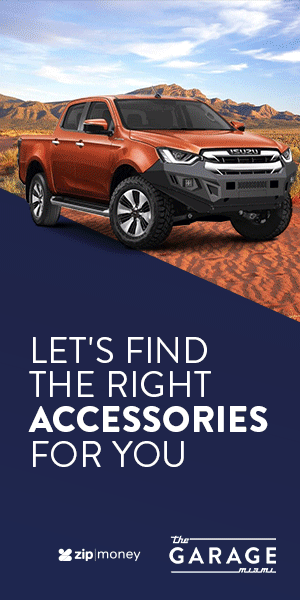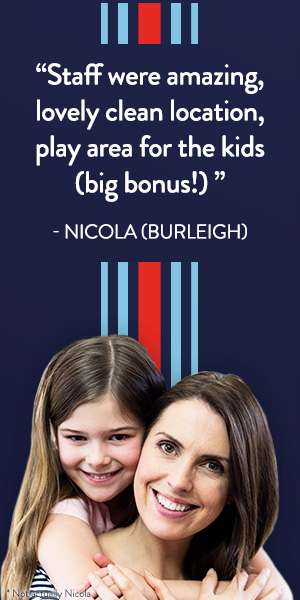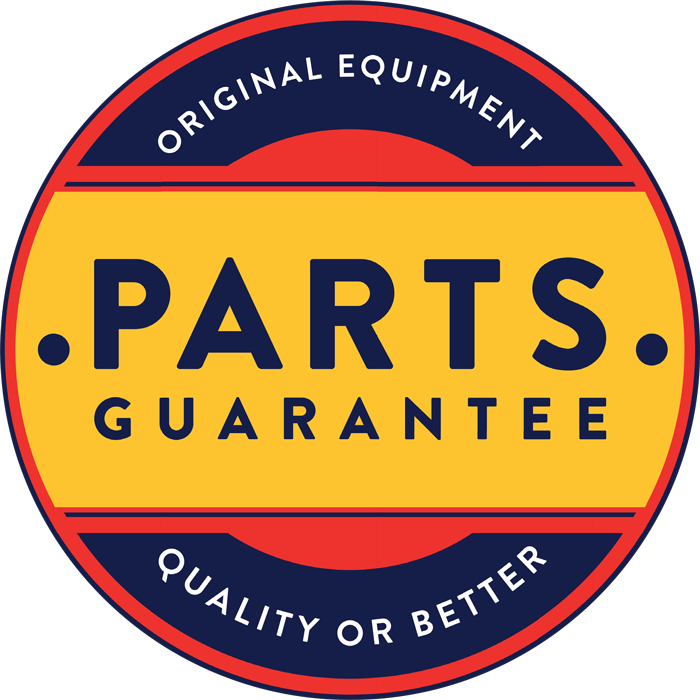04/04/2023
Buying your first caravan can be a bit overwhelming, especially when it comes to understanding all the weight jargon the manufacturer throws your way. But don't sweat it! Knowing what these weights mean and how they relate to your tow vehicle is crucial and we’ll tell you exactly how, taking the stress out of towing.
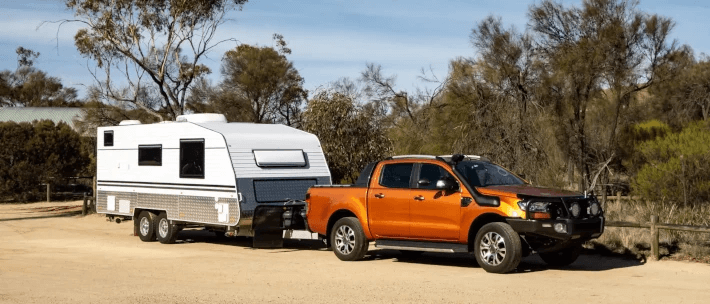
Back in the day, before regulations were put in place, there were loads of accidents caused by overloaded or improperly loaded trailers and caravans. But these days, strict regulations are enforced throughout the country, so you can rest assured you're playing by the rules. Even though the legislation only spells out what's allowed and what's not, the various weights specified by the caravan and tow vehicle manufacturers might as well be in Double Dutch to the average Aussie traveler. But fear not! The most common cause of confusion is the lack of understanding of the caravan and tow vehicle weights. Once you've got that down, you'll be able to see how the different weights and acronyms all fit together.
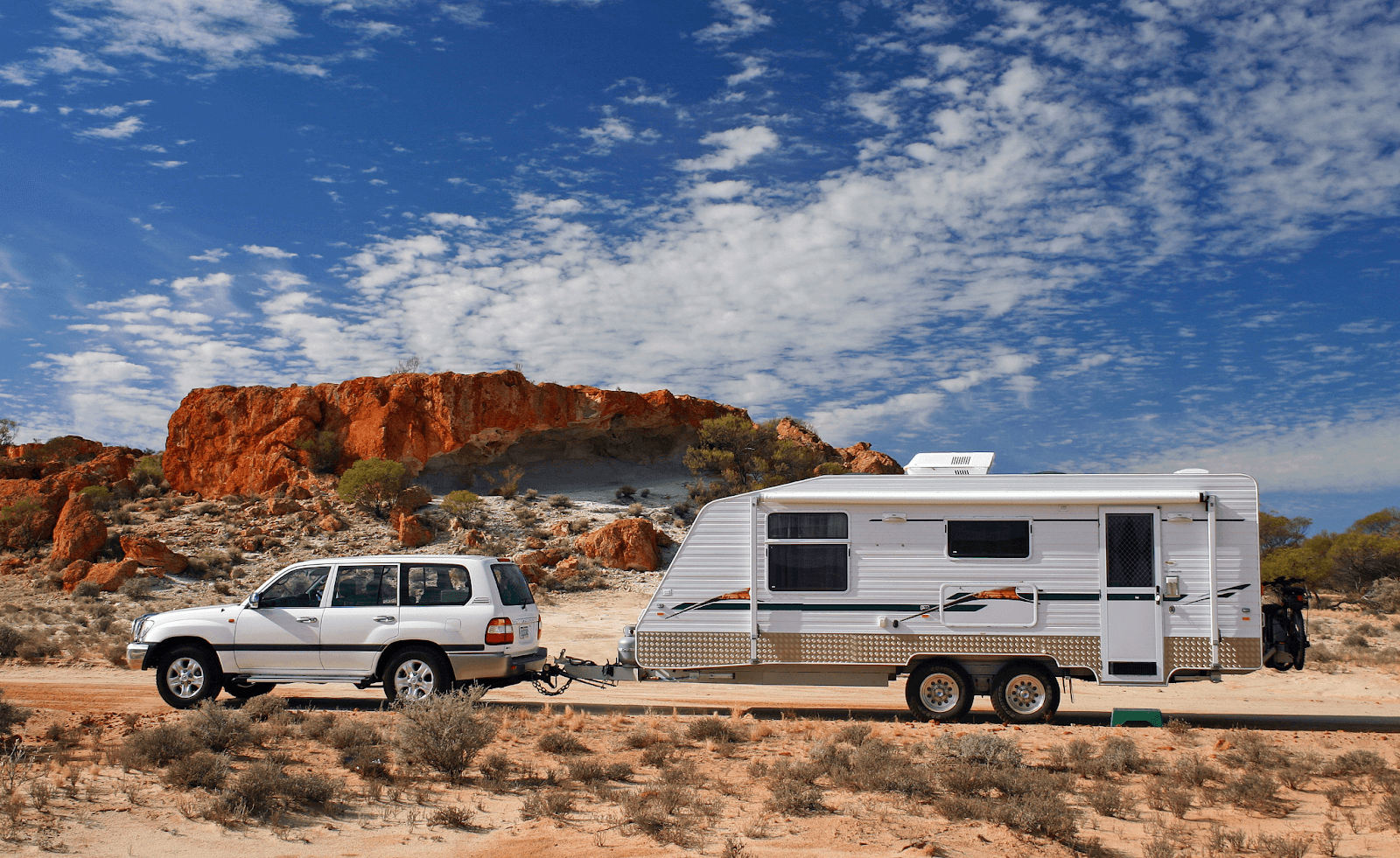
WEIGHT REQUIREMENTS - CARAVAN
Alright, so let's talk weights! This can be confusing, but read on and we’ll explain how simple this topic can really be. So, when you're checking out caravans, you're going to come across a whole bunch of weight info. Basically, this section is all about the weights that the manufacturer of the caravan specifies. You'll usually find them etched on the VIN plate and fastened to the caravan’s chassis. If you can’t find them, contact your caravan supplier, or a google search should bring up the info you’re looking for.
TARE WEIGHT
Now, when it comes to the weight of the caravan itself, you gotta know about the Tare. This is the weight of the empty caravan when it's all finished up by the manufacturer. It's got all the standard equipment and options fitted, but no gear and no occupants. Plus, the fluid reservoirs are filled up to nominal capacity, except for fuel, which is just 10 litres. But listen up, the Tare doesn't include any optional extras that you might add on, like bike racks. So, if you're thinking of adding anything, check with the manufacturer first to make sure you're factoring it into your Tare weight.
BALL WEIGHT
Now, when it comes to towing, one of the most important weights to know is the Ball Weight. This is the weight at the tow ball of the caravan, and it's got to be just right for stable travel. The manufacturer will give you a ball weight when the van is empty, but depending on how you load it up with all your gear, that weight will change. You wanna aim for a ball weight that's around 8-12% of the weight of the caravan - too high and you'll mess with your steering, too low and you'll be swaying like crazy. Remember to always pack your van with heavy gear close to the tow ball. With this in mind, check the max ball weight from the tow bar manufacturer, which will usually be 10% of the Aggregate Trailer Mass (see below) or 350kg, whichever is lower.
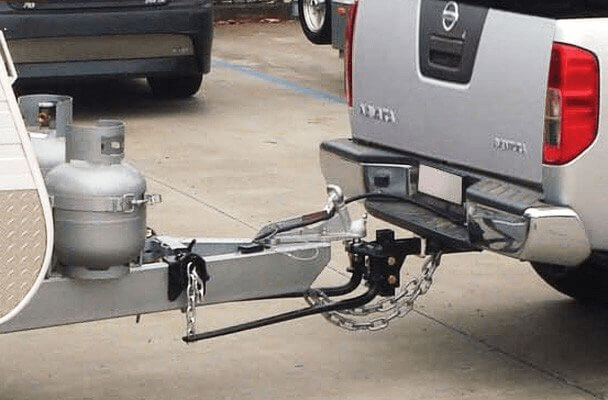
PAYLOAD
Alrighty then, let's talk payload. It's basically all the stuff you load up in your caravan, from your water tank, to clothes, to bikes, to your BBQ. It's important to note that the manufacturer's Tare weight doesn't include any of this, so you gotta make sure you don't overload your caravan. The maximum permissible payload is stamped on the VIN plate, so make sure you don’t go over it, it's the law. The CIAA (Caravan Industry Association of Australia) recommends a minimum payload of 300kg for single axle and 400kg for tandem axle caravans. Make sure to check this! Some manufacturers go above and beyond and provide even more payload, depending on their caravan's weight and suspension. So when you go to pack your bags, don't forget to keep an eye on that payload!
GTM (Gross Trailer Mass)
OK, on to the next important weight to know, the GTM (Gross trailer Mass). The GTM is the maximum weight allowed of the loaded trailer on the axles of the caravan only. So what we mean by that jargon is that the GTM is the combined weight of the caravan and the payload on the axles. Most suspension and axle component ratings are specified in “maximum GTM”, as this is the max weight that the suspension or axle can hold. Grabbing new wheels or tyres for your caravan? Check the GTM, as this also determines the rating of the wheels and tyres used on your van.
ATM (Aggregate Trailer Mass)
Let's talk about ATM (Aggregate Trailer Mass), the maximum weight your trusty caravan can carry. The ATM is like the boss level of weights – it's the maximum weight your caravan can carry when it's loaded up to the brim with all your gear, food, water, and everything else you can fit in there. The manufacturer will tell you what the ATM is and they'll stamp it on the VIN plate, so you know you're not overdoing it. And hey, remember that when the caravan is perfectly level, the weight of it on the tow vehicle or coupling is included in the ATM. So, keep that in mind when you're packing your gear for your next epic adventure! And always remember to pack your van with the weight distributed evenly, and heavy items close to the tow bar.
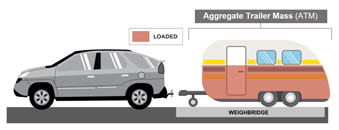
WEIGHT REQUIREMENTS - TOW VEHICLE
So, in this section, we'll talk about the weights specified by the manufacturer for your vehicle. This info can usually be found in your car's handbook and can get quite detailed, so buckle up! Understanding these weights is super important, as they help you know the limits of your vehicle. Just like with caravans, your tow ride also has a Tare weight or Kerb weight, which is basically its weight when it's empty and ready to go, with all standard options in place. OK, let’s get into it!
GVM (Gross Vehicle Mass)
When it comes to your ride, you gotta know its limits! The GVM or Gross Vehicle Mass is the maximum weight your car can carry at any time. This includes all the weight your suspension, rims, and tyres can handle on the road. To figure out how much payload you can legally carry in your car, you gotta subtract the Tare or Kerb weight from the GVM. But hold up! You also have to account for the weight of all your passengers and baby car seats too. OK, so here is an easy example. Let's say your ride has a Kerb weight of 1950kg and a GVM of 2500kg. That means you can safely carry 550kg of gear. But if two mates weighing 80kg each come along for the ride, you can only load up 390kg (550 – 2 x 80) of gear.
Oh, and here's the kicker: if you're towing a caravan, the ball weight of the caravan also counts towards your payload. So, if you're towing a caravan with a ball weight of 300kg, you can only load up 90kg of equipment in your car. And that's including all the mods you put on, like bull bars, roof racks, and slide out storage.
But wait, there's more! If you don't pay attention to all this, you might end up overloading your car and breaking the law. Safety should be your priority! The GVM of your car is the sum of its weight, the weight of any people and other stuff inside, and the ball weight of the caravan. So, make sure you keep all of this in mind when you're packing for your next adventure!
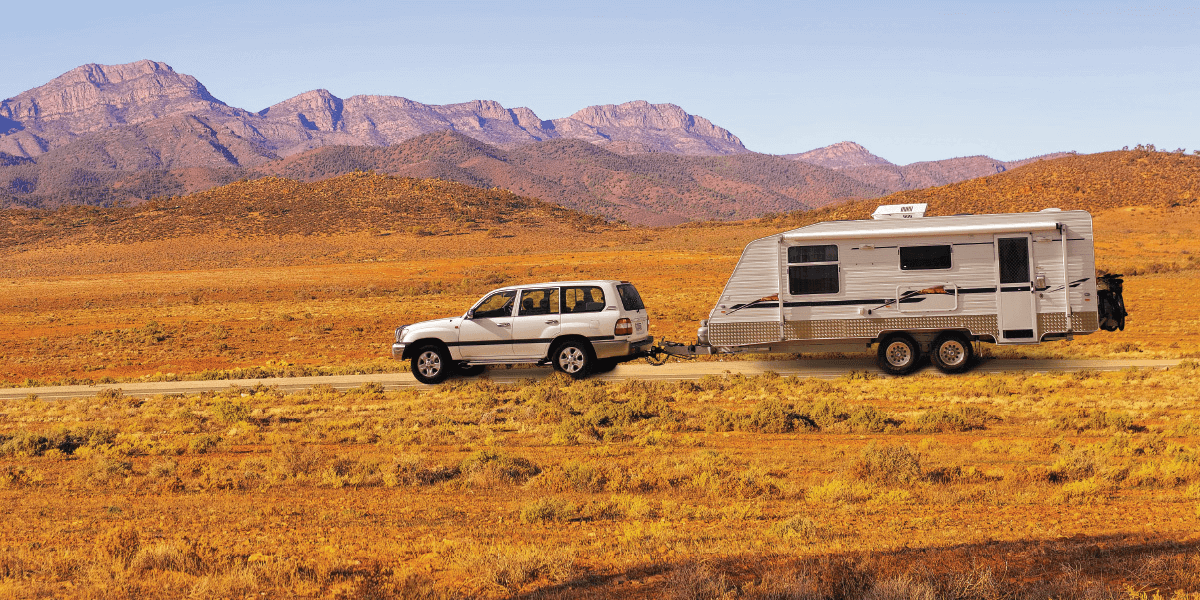
Towing Capacity
Let's talk about towing capacity. Every car has a limit to how much weight it can tow, and this is usually found in the vehicle handbook. In Australia, the un-braked towing capacity is always capped at 750kg by law. But when it comes to braked towing capacity, it varies from car to car depending on the chassis or body construction, and the power of the engine. Some large cars and trucks can tow up to 3500kg, which is pretty impressive. But then you’ve got your mega trucks like the Ram or F250’s, that can tow up to a whopping 6000kg, no sweat! Again, just make sure you check your towing capacity before buying a caravan.
GCM (Gross Combination Mass)
GCM, or Gross Combination Mass, is one of the most important weights to keep in mind when towing a caravan. It's the total weight of your car and caravan combined, and you definitely don't want to exceed it! While you might think that GCM is just the sum of your car's towing capacity and GVM (Gross Vehicle Mass), that's not always the case. Car manufacturers sometimes overestimate their towing capacity, which can lead to some hairy situations on the road.
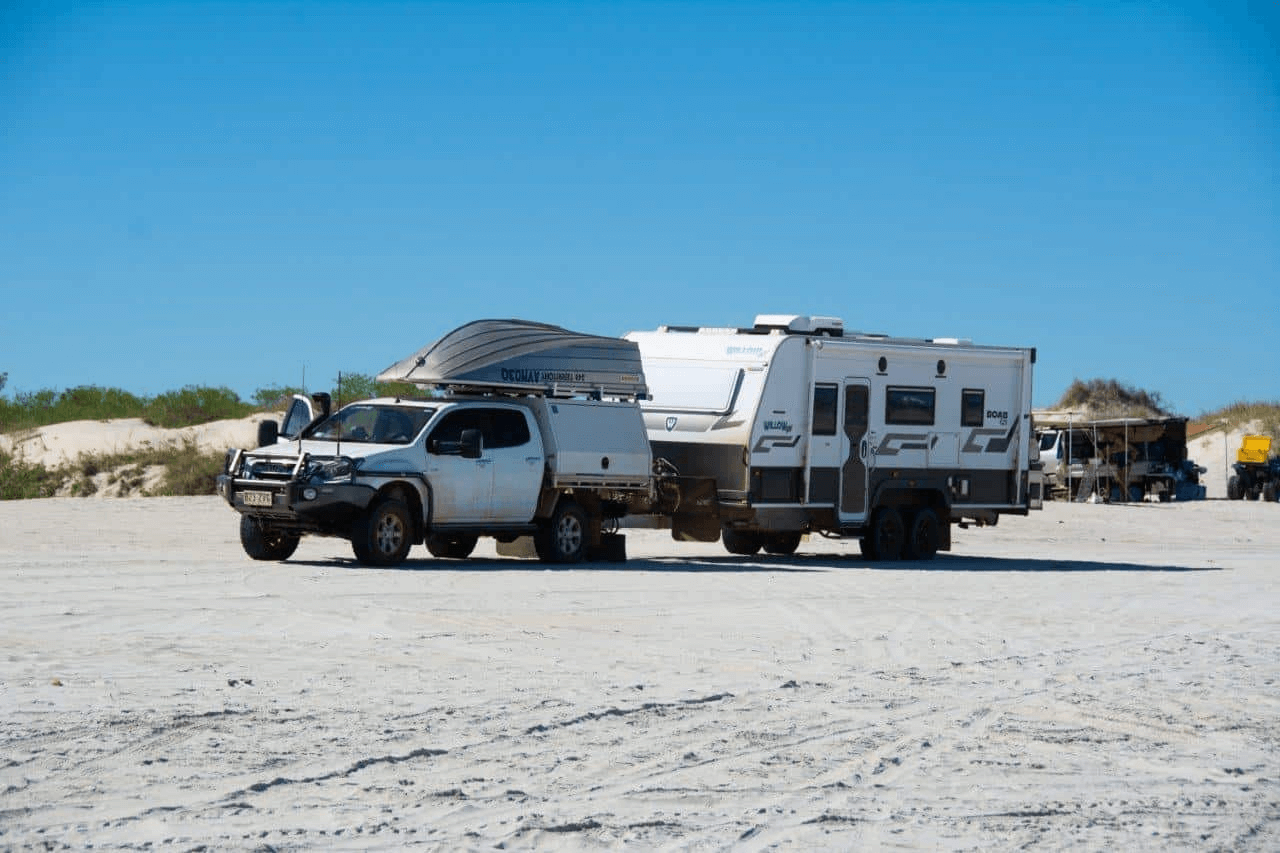
CONCLUSION
We hope this article has shed some light on the confusing topic of towing weights. Knowing the weight limits and capabilities of your car and caravan is crucial for a safe and stress-free journey. From understanding the GVM and GCM, to the towing capacity and payload, it's important to do your research and not just rely on assumptions. Always check your towing vehicles manufacturer handbook and your caravans VIN plate to ensure you have the correct weights before adding aftermarket modifications or packing for your next adventure.
If all this info is still overwhelming, the entire team at The Garage Miami are just a phone call away to provide you with all the towing knowledge, plus we stock a huge range of towing gear. So please feel free to email us on service@the-garage.com.au or jump on our website and message us on live chat with any questions you may have.

